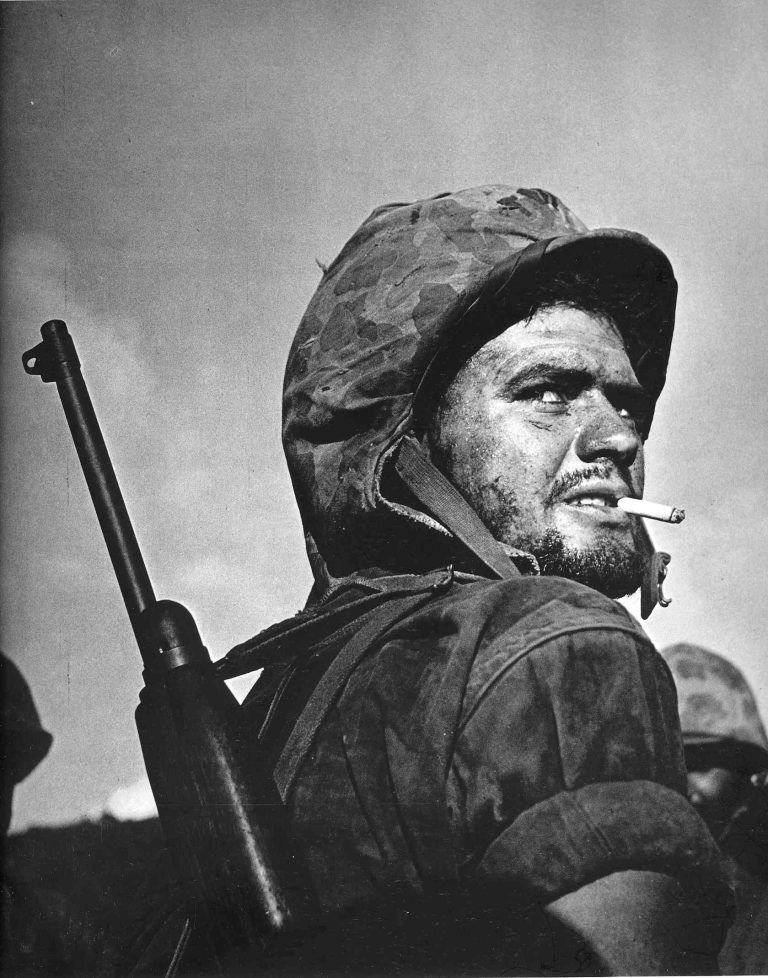Date of Birth: December 30, 1918
Zodiac Sign: Capricorn
Date of Death: October 15, 1978
Biography
W. Eugene Smith, born William Eugene Smith on December 30, 1918, in Wichita, Kansas, was an influential American photojournalist renowned for his dedication to the art of photographic storytelling. His career began in earnest in the late 1930s when he joined the staff of Newsweek, and later worked for Life magazine, where he produced some of his most iconic work. Smith’s photo essays, such as “Country Doctor,” “Spanish Village,” and “Nurse Midwife,” set new standards for the field and showcased his ability to capture the depth of human experience with empathy and precision. During World War II, Smith served as a war correspondent, documenting the brutal realities of conflict in the Pacific Theater. His harrowing images from places like Iwo Jima and Okinawa brought the war home to the American public. After suffering severe injuries from a shell burst in Okinawa, he temporarily paused his work to undergo a long recovery. In the 1950s, Smith left Life magazine due to conflicts over editorial control and continued his career as a freelance photographer. One of his most ambitious projects was documenting the devastating effects of industrial pollution in Minamata, Japan, which resulted in the poignant and influential book “Minamata.” Smith’s commitment to social justice, his unyielding artistic vision, and his technical mastery of the medium have made him a towering figure in the history of photography. He passed away on October 15, 1978, but his legacy endures through his powerful and compassionate body of work.
5 Interesting Facts about W. Eugene Smith
1. W. Eugene Smith was severely injured by mortar fire on Okinawa during World War II, which led to a two-year recovery.
2. His photo essay “Country Doctor,” published in Life magazine in 1948, is considered one of the greatest achievements in the history of photojournalism.
3. Smith’s work in Minamata, Japan, which documented the effects of mercury poisoning, was instrumental in raising global awareness about industrial pollution.
4. He often clashed with editors over creative control, leading him to leave Life magazine despite its prestige.
5. Smith’s attention to detail was legendary; he sometimes spent days or even weeks in the darkroom perfecting a single print.
5 Most Interesting Quotes from W. Eugene Smith
1. “The world just does not fit conveniently into the format of a 35mm camera.”
2. “Passion is in all great searches and is necessary to all creative endeavors.”
3. “My pictures are complex and so am I.”
4. “I am constantly torn between the necessity to improve and the desire to achieve.”
5. “The journalistic photographer can have no other than a personal approach; and it is impossible for him to be completely objective. Honest—yes. Objective—no.”
Highest Net Worth Achieved
The highest net worth achieved by W. Eugene Smith is not widely documented, but his significant contributions to photography have left an invaluable legacy.
Children
W. Eugene Smith had four children: two sons, Kevin and Mark, and two daughters, Juanita and Marissa.
Relevant Links
2. [W. Eugene Smith – Magnum Photos](https://www.magnumphotos.com/photographer/w-eugene-smith/
4. [W. Eugene Smith – National Gallery of Art](https://www.nga.gov/collection/artist-info.1902.html
5. [W. Eugene Smith Fund](https://www.smithfund.org/
